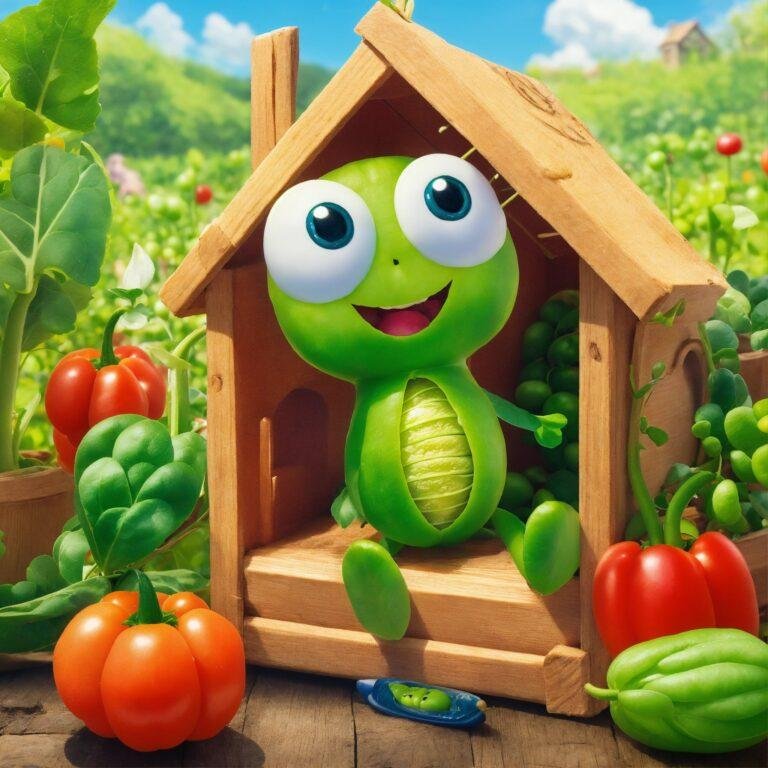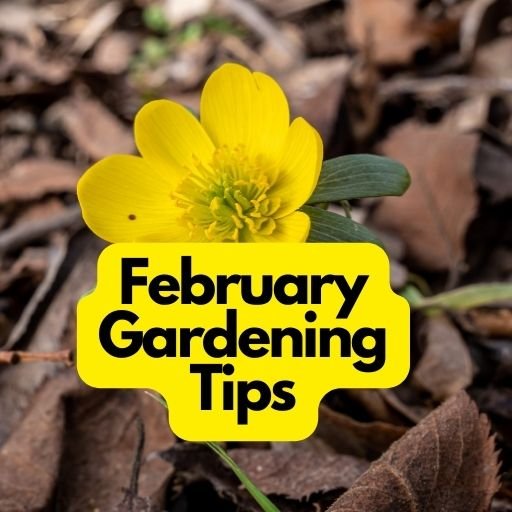6 Perfect spring gardening vegetables
Spring marks the beginning of a new gardening season. There are vegetables that do not need a lot of care and produce high yields in a short period of time and those that are more difficult to grow. After reading this blog post, take a look at your garden, get to know your soil, plant some flowers, and start planting your favorite vegetables!

How to prepare for a Spring Garden
The key to a successful spring garden is preparation. Here are a few tips to get you started:
- Plan your garden layout. Decide what vegetables you want to grow and where you want to plant them.
- Choose the right seeds or transplants. Make sure you select varieties that are well-suited for your growing conditions and the time of year.
- Prepare your soil. Add amendments as needed and work the soil to a depth of 8-10 inches before planting.
- Fertilize wisely. Use a balanced fertilizer according to package directions, taking care not to overdo it.
- Start plants indoors. If you’re starting from seed, give your plants a head start by sowing them indoors in late winter or early spring.
- Protect young plants from frost damage with row covers or other methods if necessary. Be prepared to take action if a late frost threatens your tender plants
Which Vegetables are the Best for Spring Gardening?
There are a few key vegetables that are perfect for planting in the spring. These include peas, carrots, spinach, and lettuce.
Peas: Peas are a cool-weather crop, which makes them ideal for spring gardening. They can be planted as early as two weeks before the last frost date. Carrots: Carrots are another cool-weather crop that can be planted in the spring. They should be seeded about three weeks before the last frost date. Spinach: Spinach is a fast-growing crop that can be planted in the spring. It should be seeded about four weeks before the last frost date. Lettuce: Lettuce is a cool-weather crop that can be planted in the spring. It should be seeded about four weeks before the last frost date.
Tips for Successfully Planting Vegetables in the Spring
- Start with a soil test: The health of your plants starts with the quality of your soil. Before you plant anything, get a soil test to determine the nutrient levels in your soil and amend accordingly.
- Choose the right plants: Not all vegetables are created equal when it comes to spring planting. Do your research to find out which vegetables are best suited for cooler weather and make sure to select varieties that will thrive in your climate zone.
- Plant at the right time: Timing is everything when it comes to planting vegetables. Make sure you know the last frost date for your area and plan accordingly so that your plants aren’t stunted by cold weather.
- Don’t forget about water: Even though it may be cooler outside, your plants still need water to thrive. Be sure to keep an eye on rainfall and supplement with irrigation as needed so that your plants don’t suffer from drought stress.
What Other Plants Should You Plant in Your Spring Garden?
If you’re looking to add some variety to your spring garden, consider planting some of these other vegetables:
peas
radishes
turnips
kohlrabi
collards
mustard greens
Swiss chard
Each of these vegetables has different planting and harvesting times, so be sure to consult a gardening guide or expert before getting started. With a little planning, you can enjoy a bountiful and delicious spring harvest!
Conclusion
Spring is the perfect time to get your garden started, and there are plenty of vegetables that thrive in this season. From leafy greens to root vegetables, there are plenty of options to choose from. We hope our list has given you some inspiration for what to plant in your spring garden. Happy gardening!
budget travel tips 2022 a complete guide
- 8 Amazing Small Garden Ideas For Your Backyard
- 6 Best Fall Flowerings and Plants
- How doing garden work can improve your mental health
- What defines herbaceous plants from other types?
- 5 Simple Steps to Save the Seeds For Flowers
Discover more from Organic Gardening
Subscribe to get the latest posts to your email.







